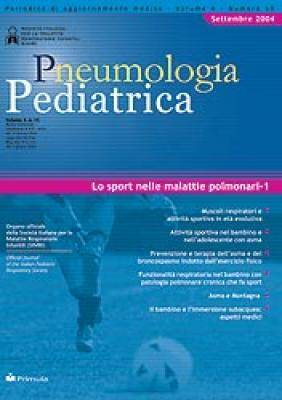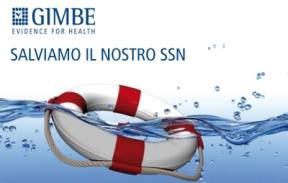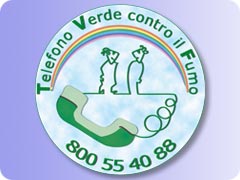Archivio > Vai alle uscite del 2004 > Vai aVolume 4, Numero 15 - Settembre 2004
- Lo sport nelle malattie polmonari-1
Attività sportiva nel bambino e nell’adolescente con asma Sport in child and adolescent with asthma

Riassunto. La partecipazione all’attività fisica è importante per il normale sviluppo psicosociale, la conquista di fiducia in se stessi ed è particolarmente importante nei bambini con l’asma. L’attività fisica e sportiva possono provocare asma da sforzo nei pazienti asmatici, ma un allenamento regolare contribuisce alla gestione dell’asma e al controllo dell’EIA. L’allenamento fisico non ha effetti sulla funzionalità polmonare, ma determina un miglioramento della risposta cardiopolmonare allo sforzo. Nei bambini con asma la reattività bronchiale aumenta invece con il diminuire dell’attività fisica. È dimostrato che l’asma non costituisce un limite per la partecipazione all’attività sportiva. Molti atleti asmatici sono riusciti a diventare i migliori nella loro specialità. C’è una differenza, tra sport di potenza e di resistenza, in termini di performance aerobica e anaerobica ed è noto che alcuni sport comportano meno rischi per i soggetti asmatici. Il nuoto è meglio della corsa, ma oggi chi soffre di asma dispone di misure per prevenire un attacco durante l’attività fisica. Con una terapia appropriata, i bambini con EIA sono in grado di partecipare allo sport e di mantenere normali livelli di attività. La partecipazione all’attività fisica deve essere incoraggiata nella gestione dell’asma.
Summary. Participation in physical activity is an important part of a child’s normal psychosocial development and self-esteem, and it is particularly important in children with asthma. Physical training may provoke EIA in asthmatic patients, yet regular training may contribute to the management of asthma and to mastering EIA. Physical training has no effect on resting lung function, but lead to an improved cardiopulmonary and physical fitness. Conversely, the bronchial responsiveness in children with asthma increases with the decreasing of physical activity. It is demonstrated that asthma does not have to limit participation in sports. Many asthmatics athletes have succeeded in being the very best with their field of sport. There is a clear difference between power and endurance sports in terms of anaerobic and aerobic performance. It is well know that some sport involves less risk for asthmatic subjects than others. For instance, swimming is better than running, but asthmatic subjects today have a whole range of measures to prevent an attack during exercise.With appropriate therapy, children with EIA are able to participate in sports and in normal activity. Participation in physical activity must be encouraged in mastering of asthma.






